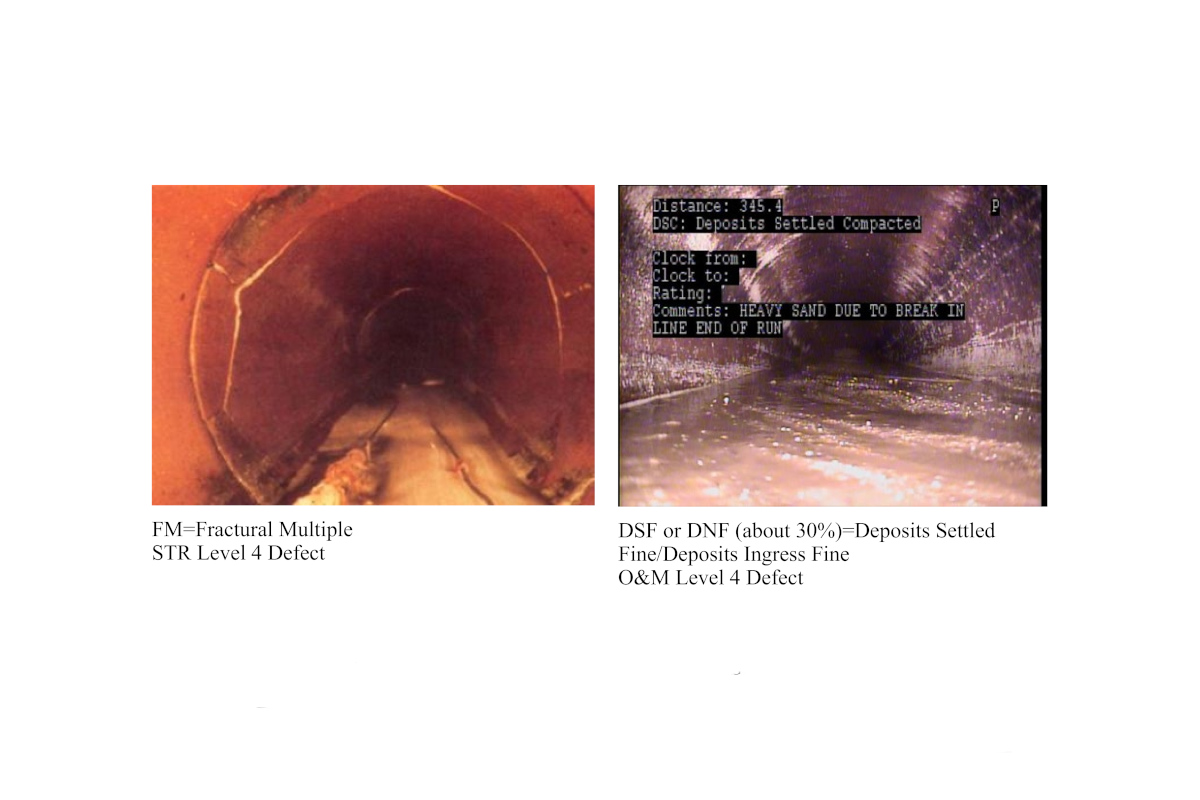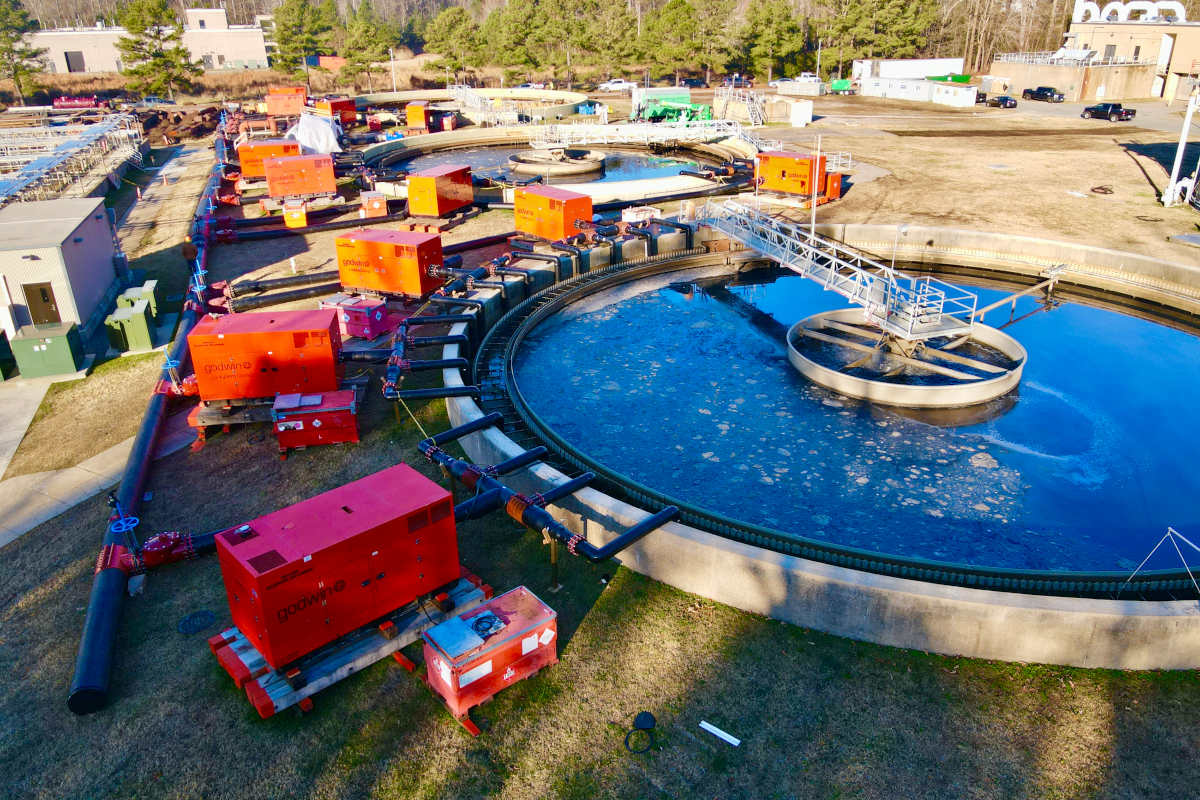
Critical Infrastructure – 50 MGD Bypass Needed for Bay Park Conveyance Project
A bypass was required during construction of a new force main to convey treated water from a water reclamation facility to a pollution control plant, a key milestone within the greater Bay Park Conveyance Project.
Nassau County, New York’s Bay Park Conveyance Project (BPCP), the largest microtunneling project in the Western Hemisphere, is being carried out by some of the nation’s most trusted construction and service companies to “Improve water quality and storm resiliency in Long Island’s Western Bays by upgrading existing wastewater management infrastructure…”
On March 14, sliplining began, repurposing more than seven miles of an abandoned aqueduct beneath Sunrise Highway between western Rockville Centre and western Wantagh in Nassau County. By repurposing this existing structure, the new pipeline will be constructed faster, at a substantially reduced cost, and with less disruption for area residents,” according to a New York State Department of Environmental Conservation press release.
Rain for Rent was brought on board during a key milestone moment in this multi-year project to provide bypass system design and necessary pumping equipment. The bypass system would be utilized for the phase wherein construction of a two-mile effluent force main conduit was required to convey treated water from the South Shore (previously known as Bay Park) Water Reclamation Facility (WRF) to the rehabilitated aqueduct under the Sunset Highway, and ultimately to the Cedar Creek Water Pollution Control Plant’s (WPCP) outfall pipe.
Rain for Rent’s local branch team from Keyport, New Jersey, developed the design, delivered the equipment, and provided installation services (via training provided to the contractor’s team) for the 50 mgd bypass for Bay Park Water Reclamation Facility Effluent Channel.
The bypass system, engineered to fit into a minimal footprint, was comprised of five 18-in. DV400 pumps, four primary and one standby, each outfitted with pressure/level transducer controls to operate automatically.

The transducers were set to automatically start and stop the pumps at a predetermined level — as the flow would rise the transducer ramped the pump speed up and down to mimic flow. The transducers were set up with “stairstep” methodology to allow each pump to start and ramp up to full speed before the next in line came on — a process repeated as necessary until all the primary pumps achieved full speed, if needed. Once the flow receded, the process would commence in reverse.
The suction piping consisted of individual 20-in. HDPE SDR17 suction tubes, approximately 30 ft at their greatest length, inserted at a minimum of 4.4 ft of submergence (to prevent a vortex) into the effluent inlet channel behind the temporary bulkhead.
The discharge (18-in. HDPE SDR17) from each 18-in. pump flowed through isolating 18-in. knife valves to regulate head pressure on the pumps and prevent cavitation, into a common manifold which consisted of five 36-in. x 18-in. tapping sleeves placed on the 36-in. HDPE discharge pipe. Exiting from the HDPE manifold, a single 175-ft run of 36-in. HDPE SDR17 discharge line conveyed the flow to the top of the effluent pump station tower. At the discharge point, the pipe discharge extended deep into the tower to prevent splashing and odor.
Due to the requirement that this project be operated by the contractor’s team, Rain for Rent provided instruction and training, and a Rain for Rent supervisor remained stationed onsite for the entire 20-day installation period to ensure any questions could be answered in person without delay. Additionally, Rain for Rent provided an on-site supervisor for pump watch to ensure the proper assembly and disassembly of the system’s suction stingers.
The daily stinger break down was necessary due to the plant’s requirements that the bypass system only operate at full flow; and, with the contractors working a strict 5 am to 12 pm shift each day, the temporary bypass system suction stingers had to be disassembled at the pit at the end of each shift to allow for the existing permanent system to take over – an engineering element Rain for Rent incorporated into the system’s design.
The customer was thoroughly pleased with the design, services, system and equipment performance provided by Rain for Rent; and their feelings of satisfaction and trust were reinforced by Rain for Rent’s demonstration of pride in partnership when training and supporting the contractor’s operations team.
An ongoing job, the project, according to the press release, will ultimately “Reduce nitrogen pollution in the Western Bays by redirecting treated water from the South Shore WRF to the Cedar Creek WPCP. From Cedar Creek, the treated water will be discharged approximately three miles offshore in the Atlantic Ocean via an ocean outfall pipe that diffuses the water and disperses it. A new pump station will be constructed at the South Shore WRF.
Project work began in March 2021 and is expected to be completed in 2024.”
Anna Anderson is corporate communications manager at Rain for Rent.




